Hello friends of Stemit today I want to talk to you about a type of cancer which I have been able to appreciate imnumerable cases and they are important because it is considered a recent problem in comparison with other great scourges of humanity. Since its initial description, leukemias have been the focus of impressive medical research, due to several reasons: its dramatic clinical manifestations, its frequency and impact on children.
In 2015, leukemia was present in 2.3 million people and caused 353,500 deaths. In 2012, it opened again to 352,000 people. It is the most common type of cancer in children, with three-quarters of the cases of leukemia in children being of the acute lymphoblastic type. However, about 90% of all leukemias are diagnosed in adults, and AML and CLL are more common in adults. It occurs most commonly in the developed world.
The leukemia was discovered almost at the same time by two brilliant doctors who carried out careful studies, both in their patients and in autopsies (Dameshek and Gunz 1964). The first to describe this disease was Velpeau in 1827, who observed a 63-year-old patient with fever, weakness and a large growth of the abdomen. He found a huge liver and spleen at the autopsy (the spleen weighed 4 kilos), and "the blood was like an oatmeal that remembered the consistency and color of the red wine yeasts"
Let's start with the most important thing.
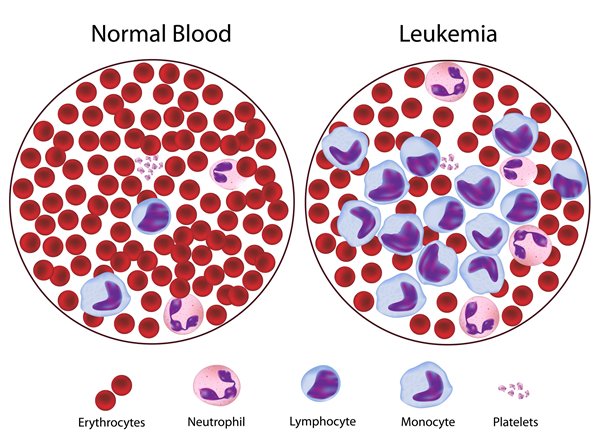
How does leukemia start?
Leukemia is a group of malignant diseases of the bone marrow (hematologic cancer) that causes an uncontrolled increase of leukocytes in it. However, some types of leukemias can also affect any of the precursors of different bone marrow cell lines, such as myeloid, monocytic, erythroid, or megakaryocytic precursors.Cancer cells prevent the production of red blood cells, platelets, and globules mature white (leukocytes) healthy. Then, life-threatening symptoms can occur as normal blood cells decrease. Cancer cells can spread to the bloodstream and lymph nodes. They can also travel to the brain and spinal cord (the central nervous system) and other parts of the body.
To have a clearer concept, leukemia is a disease of the blood through which the bone marrow produces abnormal white blood cells, called leukemic blast cells or leukemia cells. These cells divide by reproducing themselves, which generates a neoplastic proliferation of altered cells that do not die when they age or are damaged, so they accumulate and displace normal cells. This decrease in healthy cells can cause difficulties in the transport of oxygen to tissues, in the cure of infections or in the control of bleeding.
Types of leukemia
The rate of progression of leukemia and the way in which cells replace. Normal cells of the blood and marrow are different with each type of leukemia. Here I will show you the most important:
Acute leukemia : is characterized by a rapid increase in the number of immature blood cells. The overcrowding that results from those cells causes the bone marrow to be unable to produce healthy blood cells. It requires immediate treatment in acute leukemia due to the rapid progression and accumulation of malignant cells, which then spill into the bloodstream and spread to other organs of the body. Acute forms of leukemia are the most common forms of leukemia in children.
Chronic leukemia : is characterized by the excessive accumulation of relatively mature but still abnormal white blood cells. Usually, by taking months or years to progress, the cells are produced at a much faster rate than normal, which results in many abnormal white blood cells. While acute leukemia must be treated immediately, chronic forms are sometimes controlled for some time before treatment to ensure maximum efficacy of the therapy. Chronic leukemia occurs mainly in older people, but it can occur in any age group.
In addition, diseases are subdivided according to the type of blood cell affected. This divides the leukemias into lymphoblastic or lymphocytic leukemias and myeloid or myelogenous leukemias
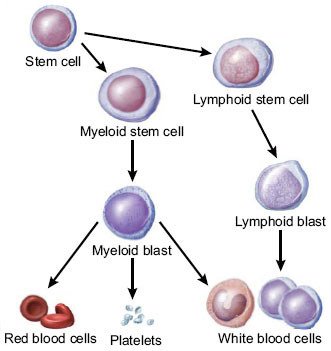
- Acute myeloid leukemia (AML) and leukemiaacute lymphoblastic (ALL). In these diseases,the original cell of acute leukemia happens to form approximately one millionof millions more of leukemia cells. These cells are described as not functional because they do not work like normal cells. They also displace to normal cells in the bone marrow. This causes a decrease in the amount of new normal cells produced in the medulla, which results inlow red blood cell counts (anemia), low platelet counts (risk ofbleeding) and low neutrophil counts (risk of infection).
- Chronic myeloid leukemia (CML). The cell of leukemia that starts this disease produces blood cells (red blood cells, white blood cells and platelets) that work similarly to normal cells. The amount of red blood cells is usually less than normal, giving as Anemia results. But many white blood cells are still produced and sometimes many platelets. Although white blood cells are almost normal in their form to function, their counts are high and continue to increase. This can cause serious problems if the patient does not get treatment. If it is not treated, the counting of white blood cells can be increased so much that the blood flow decreases and the anemia becomes very serious.
- Chronic lymphocytic leukemia (CLL). The cell of leukemia that starts this disease produces too many lymphocytes that do not do they work. These cells replace the normal cells of the marrow and the Lymph nodes These interfere with the functioning of lymphocytes normal, which weakens the patient's immune response. The great The amount of leukemia cells in the marrow can displace the normal cells that produce blood and lead to a low red blood cell count (anemia).
A very high amount of leukemia cells in the cord can also cause low counts of white blood cells (neutrophils) and platelets. Unlike the other three types of leukemia, some patients with CLL may have a disease that does not progress for a long time. Some people with CLL they have changes so slight that they continue in good health and do not need receive treatment for long periods of time. Other patients need receive treatment at the time of diagnosis or shortly after.
Possible causes of leukemia
Leukemia, like other cancers, is the result of mutations in DNA. Certain mutations can trigger leukemia by activating oncogenes or deactivating tumor suppressor genes and, therefore, altering the regulation of cell death, differentiation or division. These mutations can occur spontaneously or as a result of exposure to radiation or carcinogenic substances.
Regarding the relationship of genetic factors with the development of leukemia, it is known that the disease is more common in twins than in the rest of the population, and suffering from genetic disorders such as Down syndrome and Fanconi syndrome is a factor of risk associated with the appearance of leukemia.
People with weakened immune systems by the administration of chemotherapy or immunosuppressive drugs (which are given to patients who have undergone organ transplants) are also more susceptible to developing leukemia.
One of the most studied factors are environmental factors, especially exposure to ionizing radiation, chemicals such as benzene and certain drugs, and viruses.
The relationship between ionizing radiation and leukemia was discovered from nuclear accidents (explosions or incidents at nuclear power plants).
Various chemical products are also related to the appearance of the disease, especially some pesticides, and other substances such as mustard gases used in World War I.
Also certain viruses are associated with the development of leukemias, especially the Epstein-Barr virus, related to African Burkitt's lymphoma or lymphomas in immunosuppressed patients.
Symptom
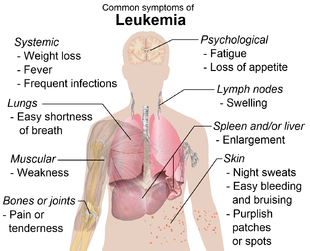
Some signs or symptoms of leukemia are similar to other diseases common and less serious. The suggestion that I give to all my readers and patients is that they are always aware of the symptoms they may present and immediately go to their trusted doctor. Here I leave the most remarkable symptoms.
- Decay, lack of strength, dizziness, nausea, vomiting, lack of appetite, significant weight loss.
- Fever that lasts several days without apparent cause, night sweats, chills.
- Pain or sensitivity in the bones, pain in the joints and extremities.
- Frequent bleeding for no apparent reason, for example, abnormal bleeding from the gums or nose.
- Petechiae or bruises without having received a blow.
- Paleness of the skin, inside the oral cavity or the eyelids.
- Increase in the size of the lymph nodes.
- Appearance of abnormal masses or growths of abdominal organs such as the spleen and liver, or the appearance of masses that grow in other parts of the body.Alterations of blood tests (blood count, HIV, etc.).
- Irregularity in menstrual cycles.
- Pain in the joints.
- Insomnia occurs due to various factors, including cognitive impairment of knowledge of the disease.
- Fatigue.
One of the frequent symptoms in this condition is "Fatigue", related to cancer, which has harmful effects in different dimensions of the human being, since we are biopsychosocial beings, affecting then, the physical, social and cognitive, as well as the professional functioning of the subject. The National Comprehensive Cancer Network in 2014 defined cancer-related fatigue as an unusual sensation of persistent and subjective tiredness that does not match the patient's daily activity, which interferes with normal functioning.
Relevant information
Major research is being done on the causes, prevalence, diagnosis, treatment and prognosis of leukemia. Hundreds of clinical trials are planned or performed at any time. Studies can focus on effective means of treatment, better ways to treat the disease, improve the quality of life of patients or adequate care in remission or after cures.
In general, there are two types of leukemia research: clinical or translational research and basic research. Clinical / translational research focuses on the study of the disease in a defined manner and, in general, immediately applicable to the patient, such as the testing of a new drug in patients. In contrast, basic scientific research studies the disease process remotely, such as whether a suspected carcinogen can cause leukemic changes in isolated cells in the laboratory or how DNA changes within leukemia cells as the disease progresses . The results of basic research studies are generally less useful for patients with the disease.
The treatment through gene therapy is currently being carried out. One of these approaches used genetically modified T cells to attack the cancer cells. In 2011, one year after treatment, it was reported that two of the three patients with advanced chronic lymphocytic leukemia were cancer free and in 2013, three of five subjects with acute lymphocytic leukemia were in remission for five months. two years The identification of stem cells that cause different types of leukemia is also being investigated.
Leukemia Research Foundation Accelerates Research, Hope in Blood Cancers

As always before finishing my post I put an information that is causing an impact on society according to the topic that has been discussed. I make a brief summary and at the end I leave the link so if you are interested in the information you can continue reading.
Getting a blood cancer diagnosis can be a devastating event in one's life and induces a large amount of anxiety. Folks at the Leukemia Research Foundation (LRF) know that, and continually fund research in hopes that one day, there will be a cure. In the meantime, the organization is also dedicated to easing patients' anxiety by providing them with resources and education.
"The newly diagnosed [patient] experiences a wide range of emotions that can include guilt, fear, anxiety, loneliness, grief, withdrawal and disengagement. After some time, the patient will also learn that medical advances have increased survival rates for leukemia. And hope starts mixing with fear, "Kevin Radelet, executive director of the LRF, said in an interview with CURE.
The LRF started in 1946 after a local 12-year-old boy from Chicago died of the disease. The boy's aunt, Esther Reckles, began to raise money in pursuit of a cure, because at that time, there was little hope for patients.
Conclusion
As a conclusion I want to point out that until now there is not a single cure for this disease, but there are many types of treatments such as chemotherapy. Many times these treatments turn out to be satisfactory, managing to eliminate the cancer, but many other times they do not. For both cases there are psychological and psychiatric therapies which lead people to be able to move forward to end all kinds of psychic sequels that this disease can leave in them.
- Drugs or intravenous or oral chemotherapy or intrathecal chemotherapy (drugs inserted into the spinal cord with a needle in the area called the subarachnoid space) 16
- Radiotherapy
- Bone marrow or umbilical cord blood transplant
- Biological therapy
- Medications to prevent and treat nausea and other side effects of treatment, blood transfusions (from red blood cells or platelets), and antibiotics to prevent and treat infections.
Below I will leave a video in which it is explained with more precision on the subject
This was a short but accurate post for the learning of all readers
Source Information
- Hoffbrand, A.V.; Moss,, P.A.H.; Pettit, J.E. (2006). Essential haematology (5th ed.). Malden, Mass.: Blackwell Pub. ISBN978-1-4051-3649-5.
- Else, M., Ruchlemer, R., Osuji, N. (2005). "Long remissions in hairy cell leukemia with purine analogs: a report of 219 patients with a median follow-up of 12.5 years". <>Cancer
- http://www.scielo.sa.cr/scielo.php?script=sci_arttext&pid=S0034-77442004000300018
- National Cancer Institute. "Chronic Lymphocytic Leukemia (PDQ) Treatment: Stage Information
- https://en.wikipedia.org/wiki/Leukemia
- https://www.lls.org/sites/default/files/file_assets/sp_leukemia.pdf
- http://www.cuidateplus.com/enfermedades/cancer/leucemia.html
- https://www.webconsultas.com/leucemia/tipos-de-leucemia-2595
- http://vivirconleucemia.blogspot.com/2010/11/conclusion-final.html
- https://es.wikipedia.org/wiki/Leucemia
- Patients with Chronic Myelogenous Leukemia Continue to Do Well on Imatinib at 5-Year Follow-Up
Thank you for taking the time to read this publication. I hope you have a happy day, see you in the next. Do not forget to leave a comment about what you thought, thank you very much.@juanjdiaz89



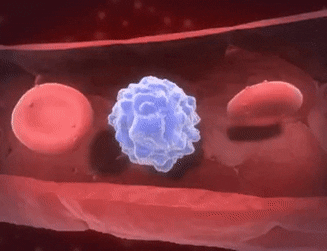
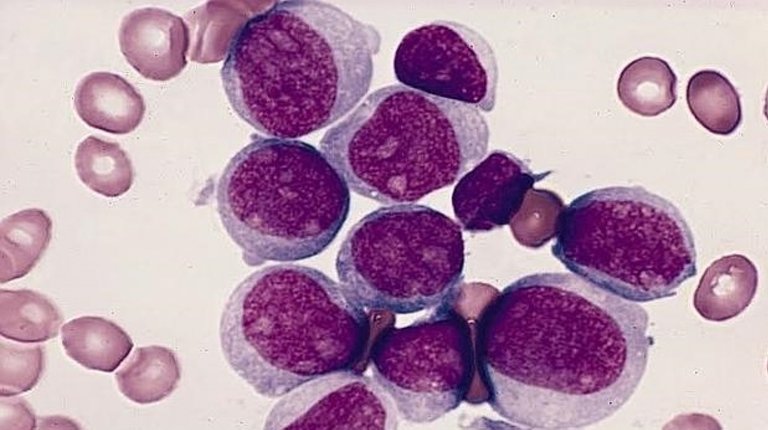

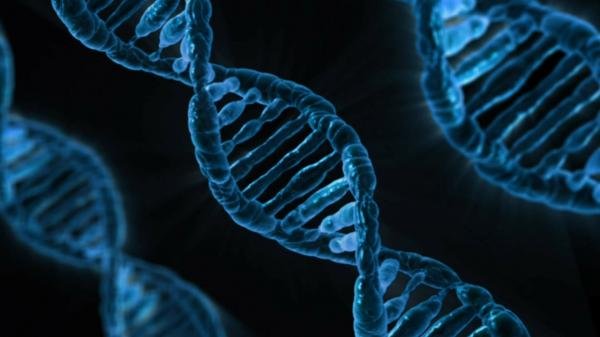
Being A SteemStem Member
Thanks for sharing this interesting information, leukemia is a disease that unfortunately costs many lives a year. Nice post.
thx , Yani
Excellent presentation of leukemia . It is very important to be informed, at least at some basic level, because they are very roads, and if they suspect them in time, much can be done for one's life.